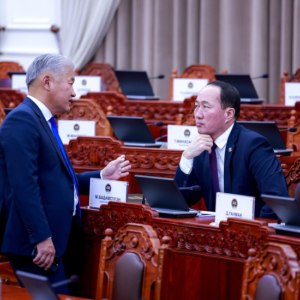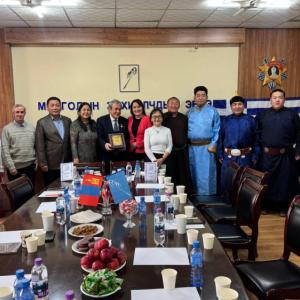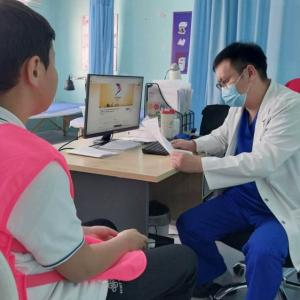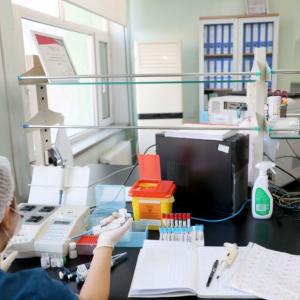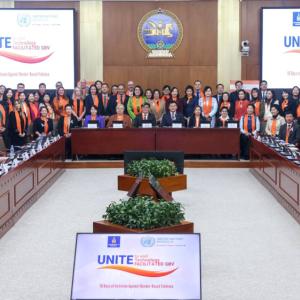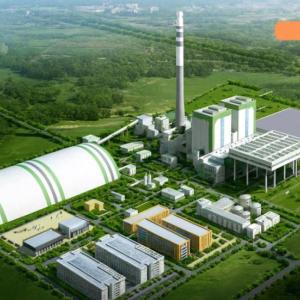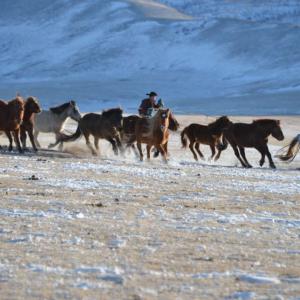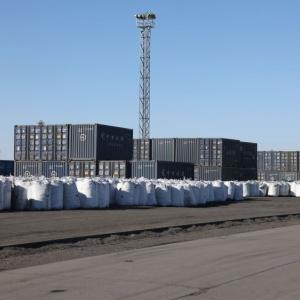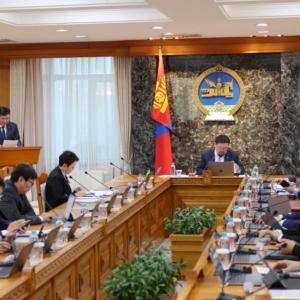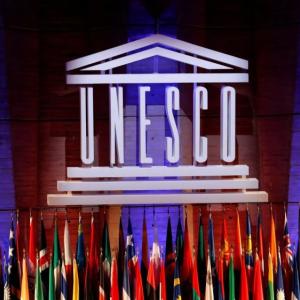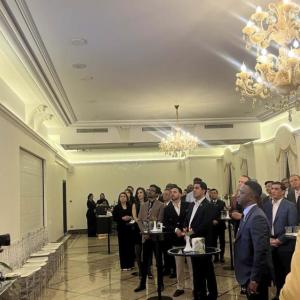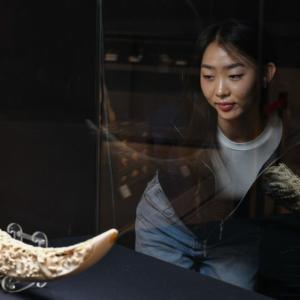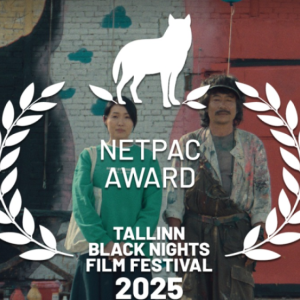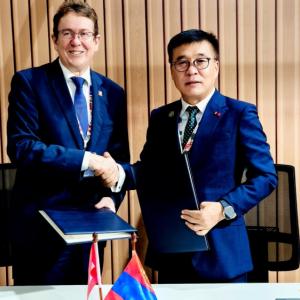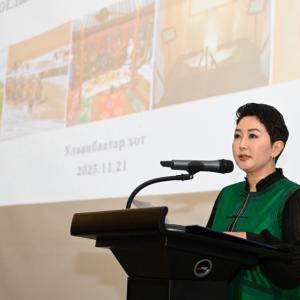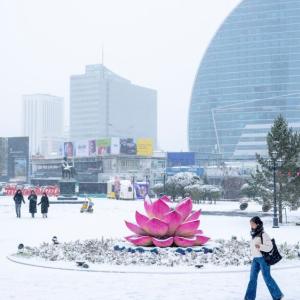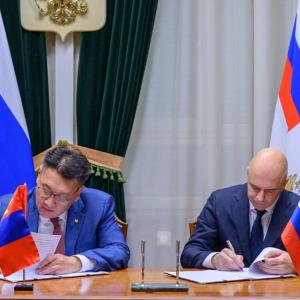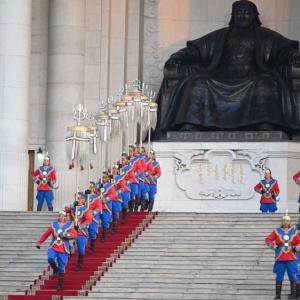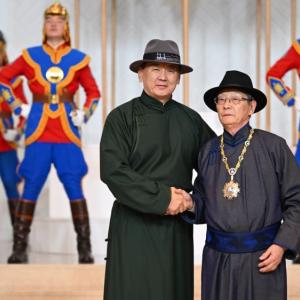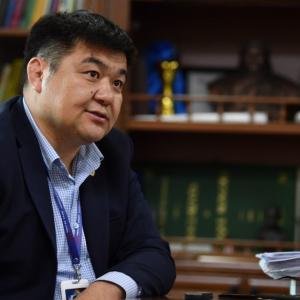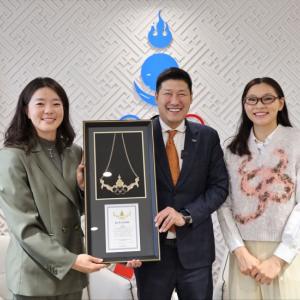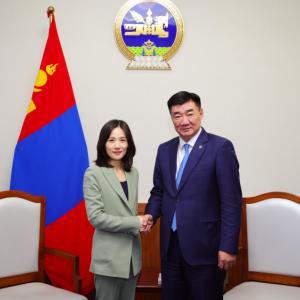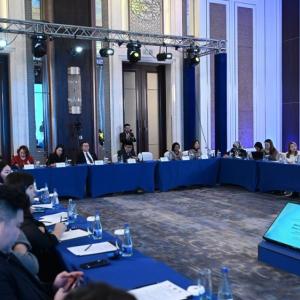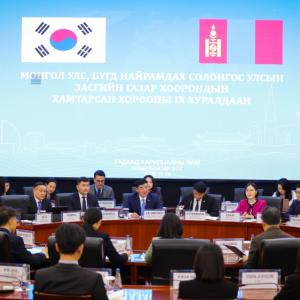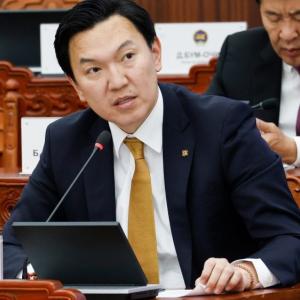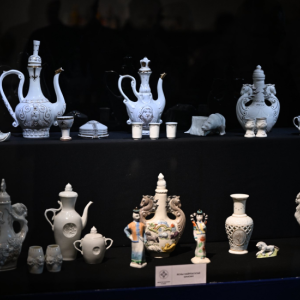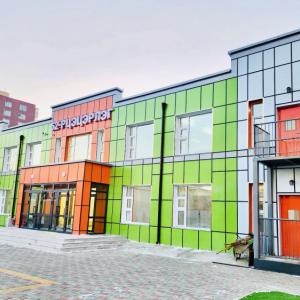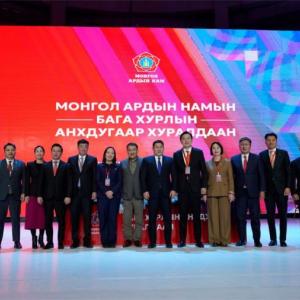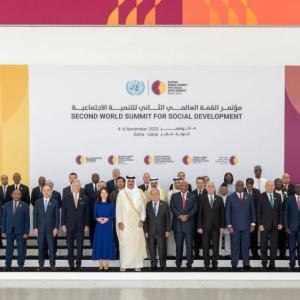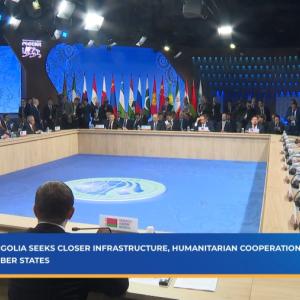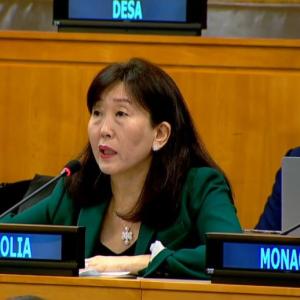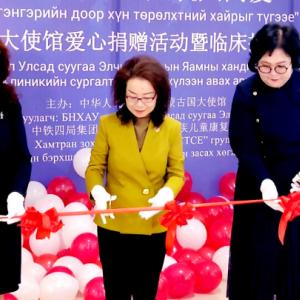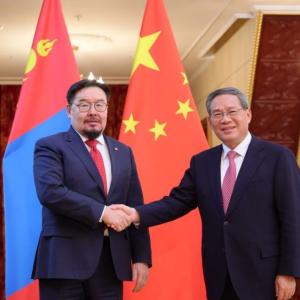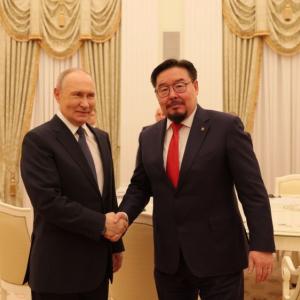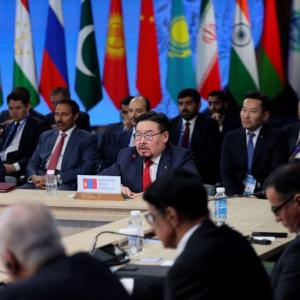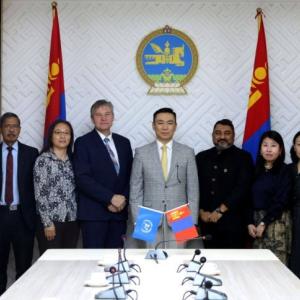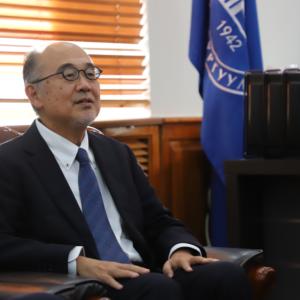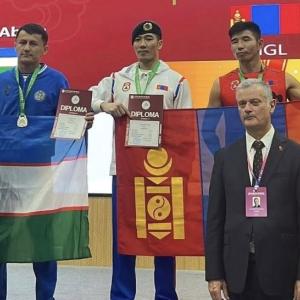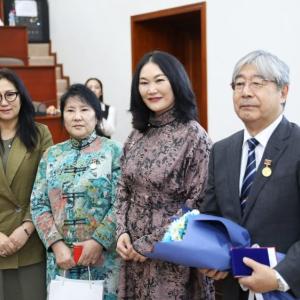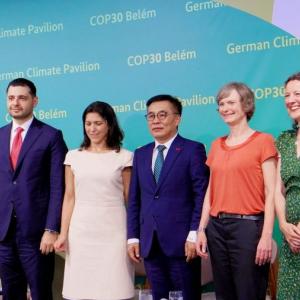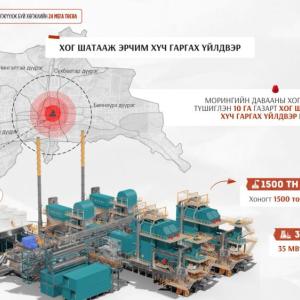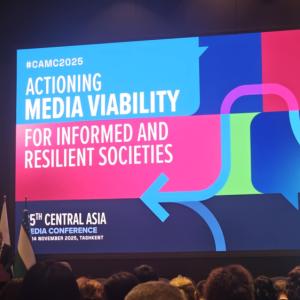Ecosystem Resilience Project Concludes, Adding 1.2 Million Hectares of Protected Land
Environment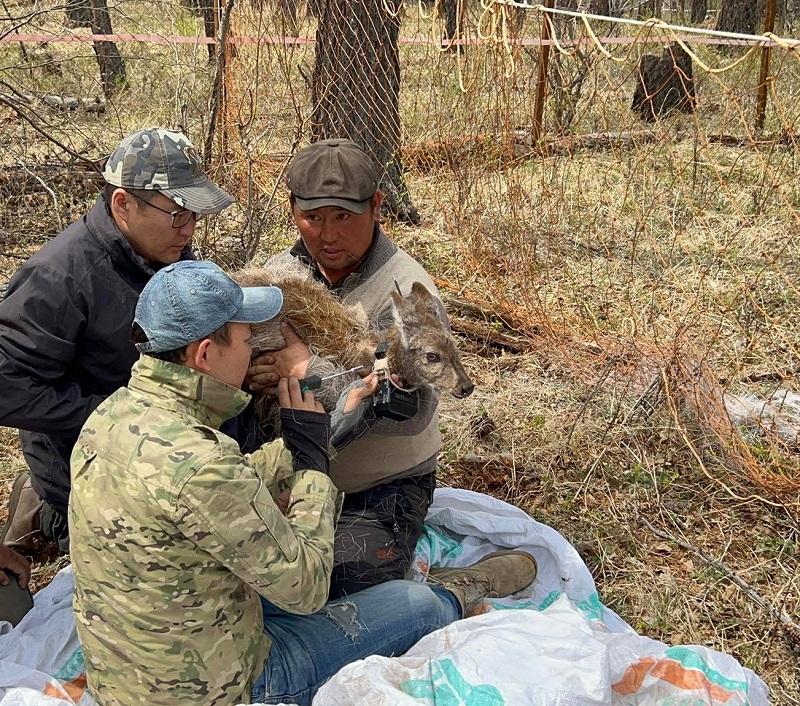
Ulaanbaatar, October 2, 2025 /MONTSAME/. The project “Ensuring Mongolia’s Ecosystem Resilience and Stability,” a seven-year initiative funded by the Global Environment Facility and jointly implemented by the Ministry of Environment and Climate Change, the Ministry of Food, Agriculture, and Light Industry, and the United Nations Development Programme (UNDP) from 2019 to 2025, has been concluded.
The project
focused on reducing forest degradation, conserving biodiversity, and promoting
sustainable livelihoods across some of Mongolia’s most ecologically significant
and climate-vulnerable areas. These included the Sayan-Khangai Mountain Range
covering the Tarvagatai and Bukhmurun Mountains and the Southern Gobi region,
spanning the Ulaan Shalyn Valley and Zakhui-Zarmanguin Gobi.
At the closing
workshop, held on September 29 in Ulaanbaatar, more than 100 participants,
including government officials, local authorities, scientists, civil society
organizations, private sector representatives, and the project beneficiaries, reviewed
the project’s outcomes, shared lessons from the field, and discussed ways to
sustain its achievements through strengthened collaboration and partnerships.
The project
significantly expanded Mongolia’s network of protected areas, bringing 1.2
million hectares across 20 sites under state protection, moving the country
closer to its goal of safeguarding 30 to 35 percent of its territory by
2030–2050. It restored habitats for rare and endangered species, including the
Siberian ibex, red deer, Mongolian marmot, and red squirrel. At the same time, the
project introduced innovative pasture management practices that reduced
livestock numbers in project areas by 30 percent without harming herders’
incomes.
Furthermore,
the project strengthened the legal and institutional framework for
environmental conservation and enhanced the capacity of local authorities and
communities to manage natural resources sustainably.
At the event, Minister
of Environment and Climate Change Batbaatar Bat highlighted the project’s role
in advancing Mongolia’s green development agenda, stating, “By expanding protected areas, restoring rare species, and
introducing innovative pasture management practices, we are laying the
foundation for a greener, more resilient Mongolia that benefits both people and
nature.”
Governors from
Zavkhan, Gobi-Altai, Arkhangai, and Bayankhongor aimags, where the project
was implemented, underscored the importance of continuing community-led
conservation efforts, noting that they have strengthened both environmental
protection and local resilience.
UNDP Resident Representative Matilda Dimovska noted, “The success of this project shows what is possible when governments, communities, and development partners work hand in hand. Protecting ecosystems while improving livelihoods is not only achievable but essential for building a sustainable future for Mongolia.”
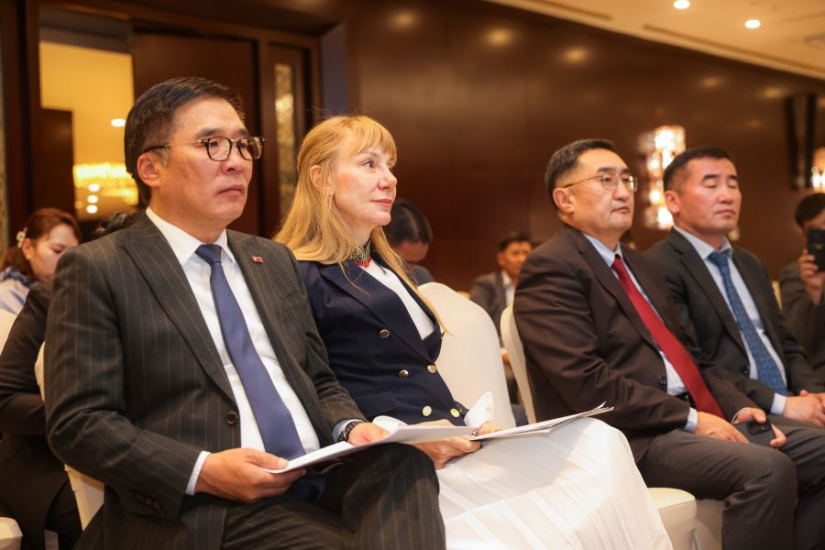
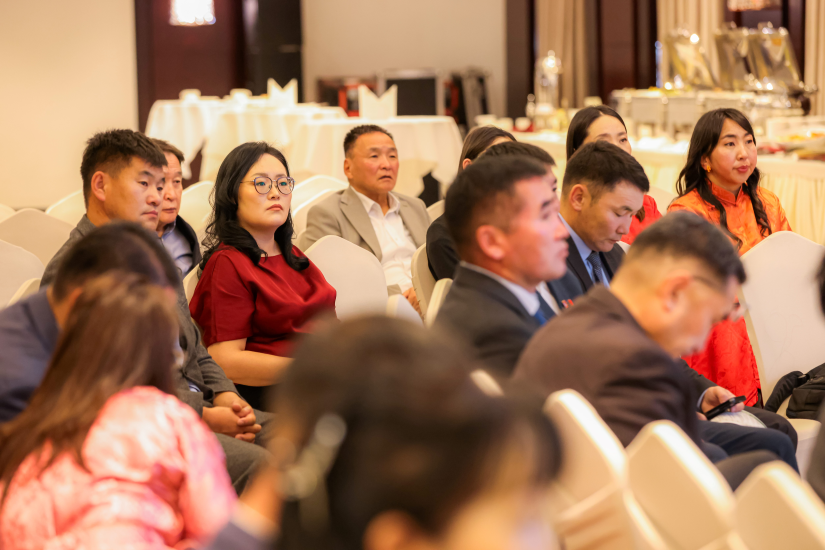
 Ulaanbaatar
Ulaanbaatar










